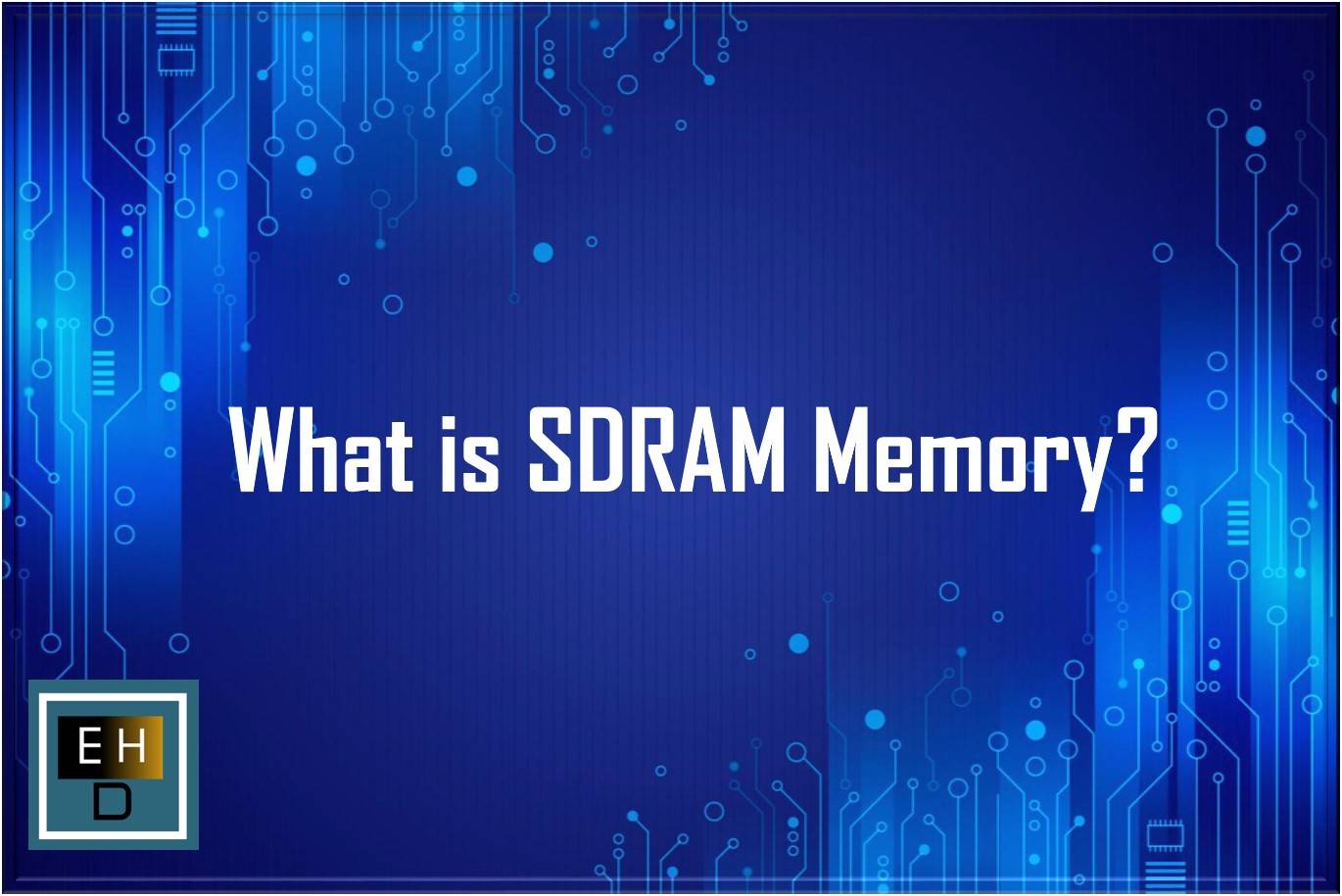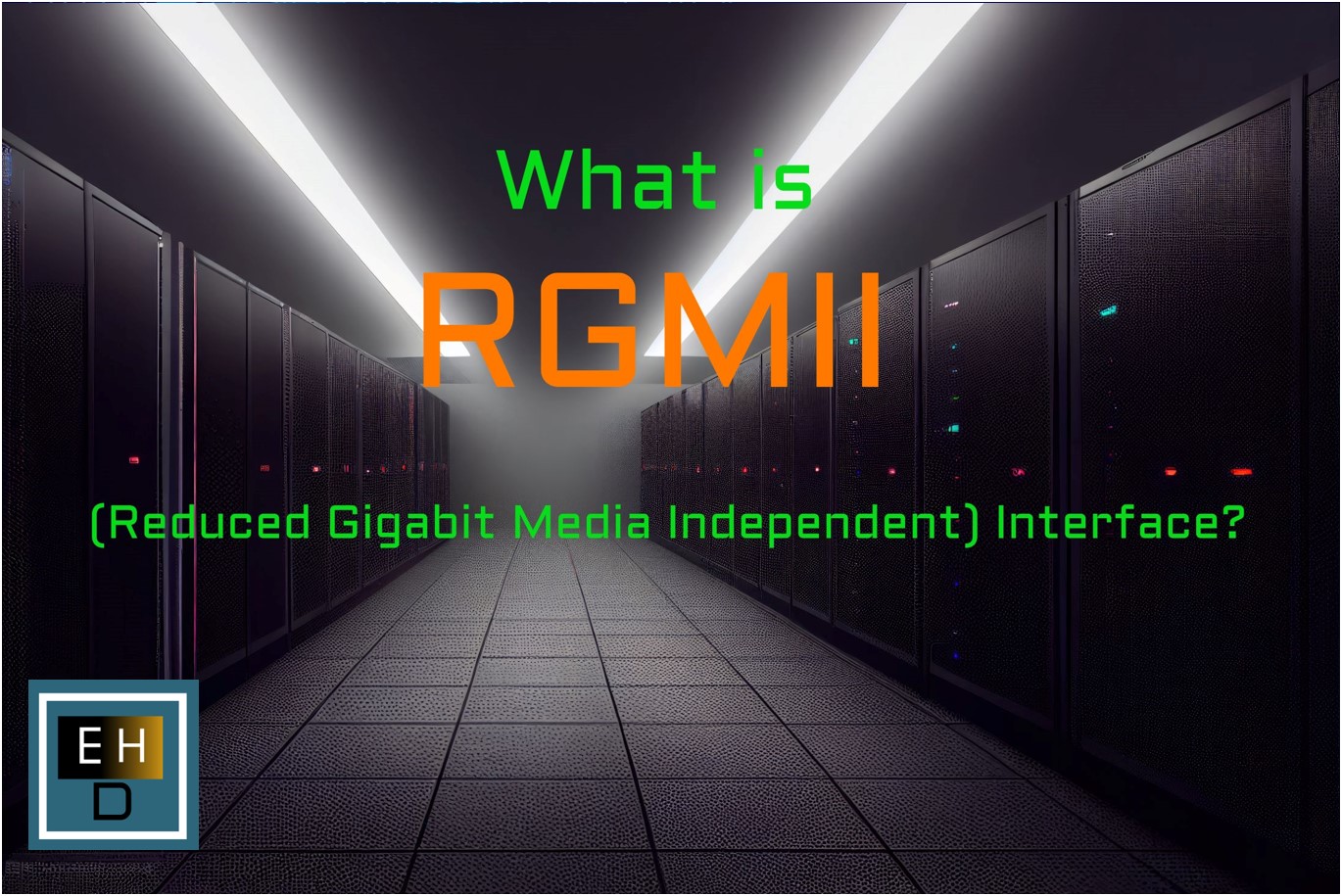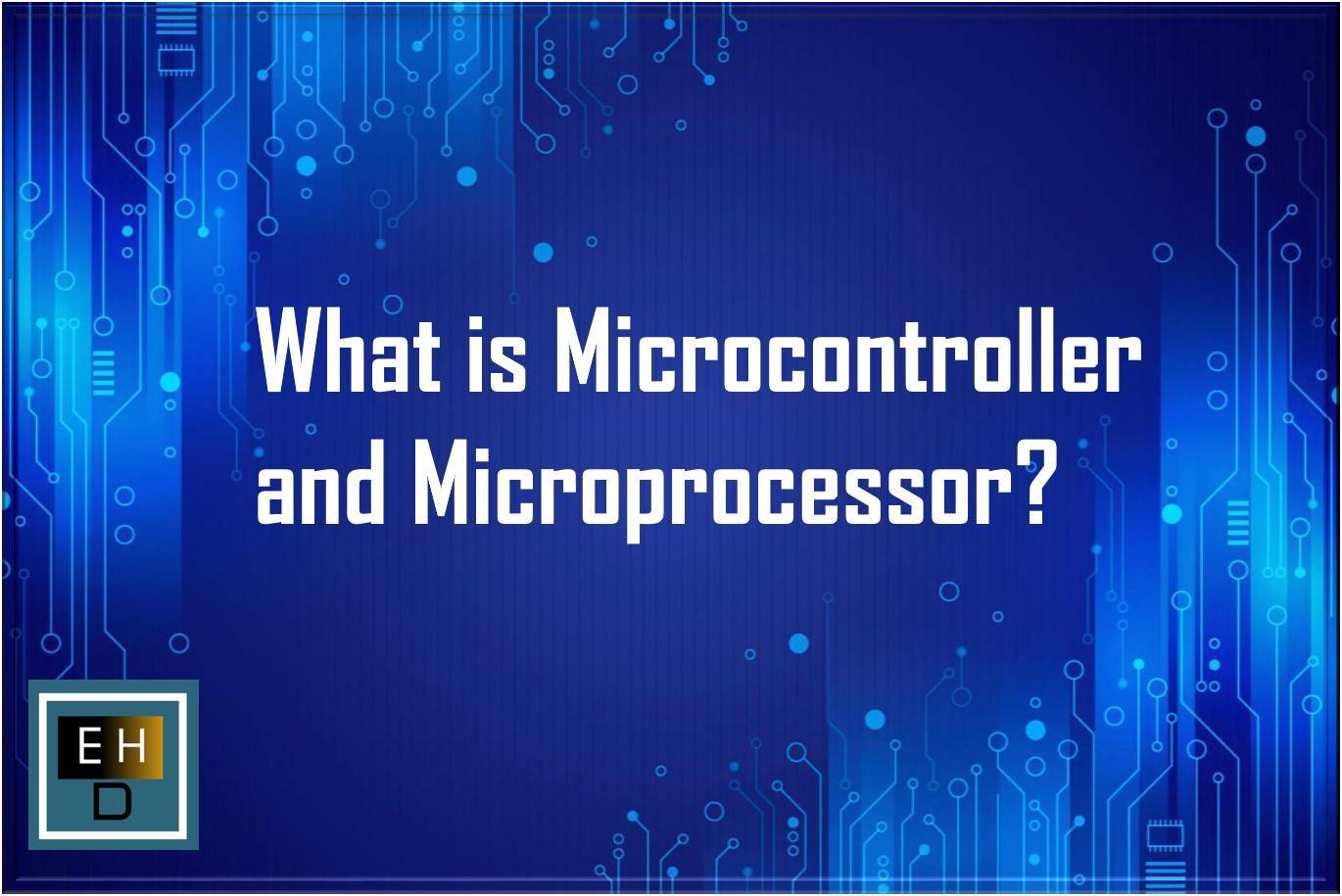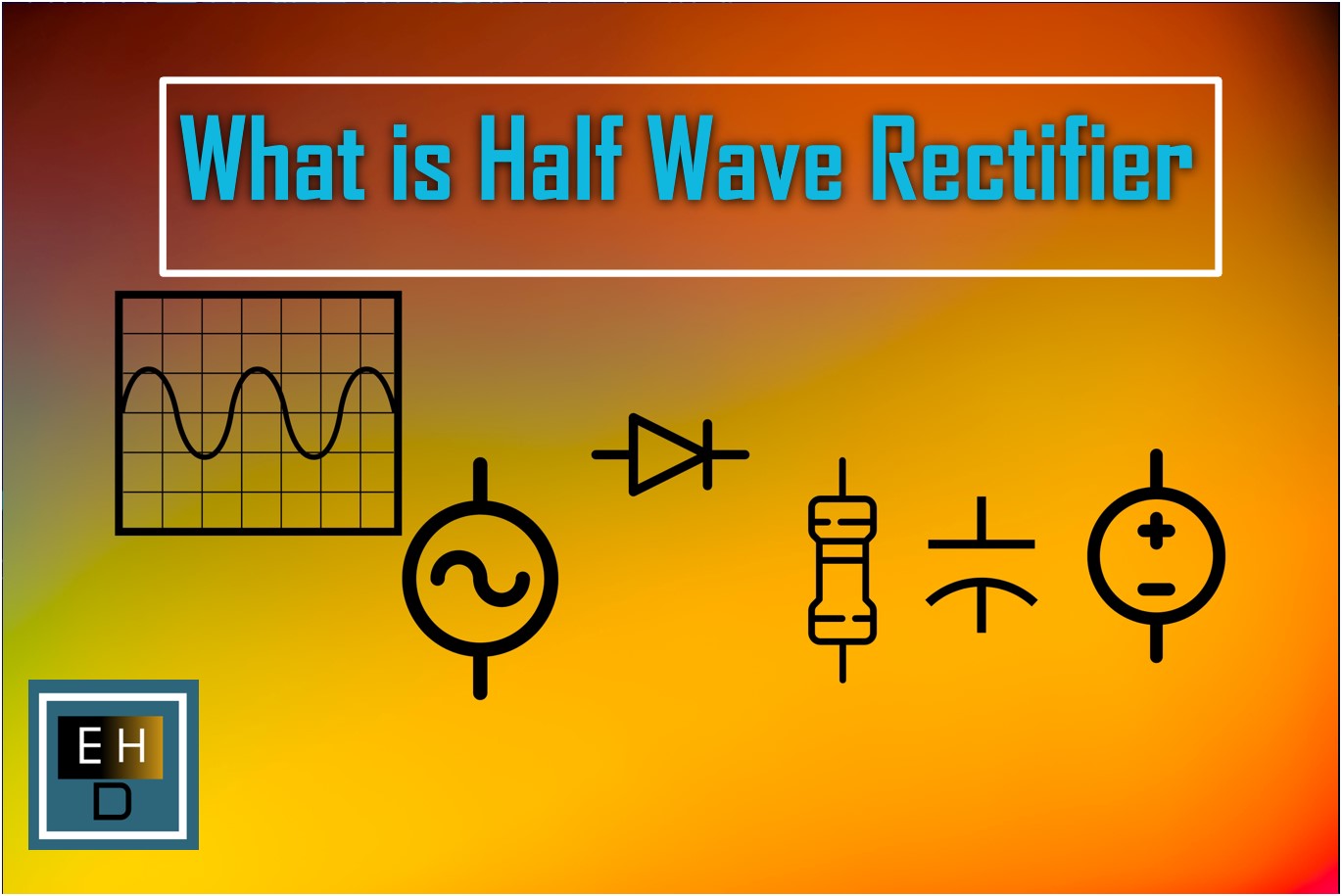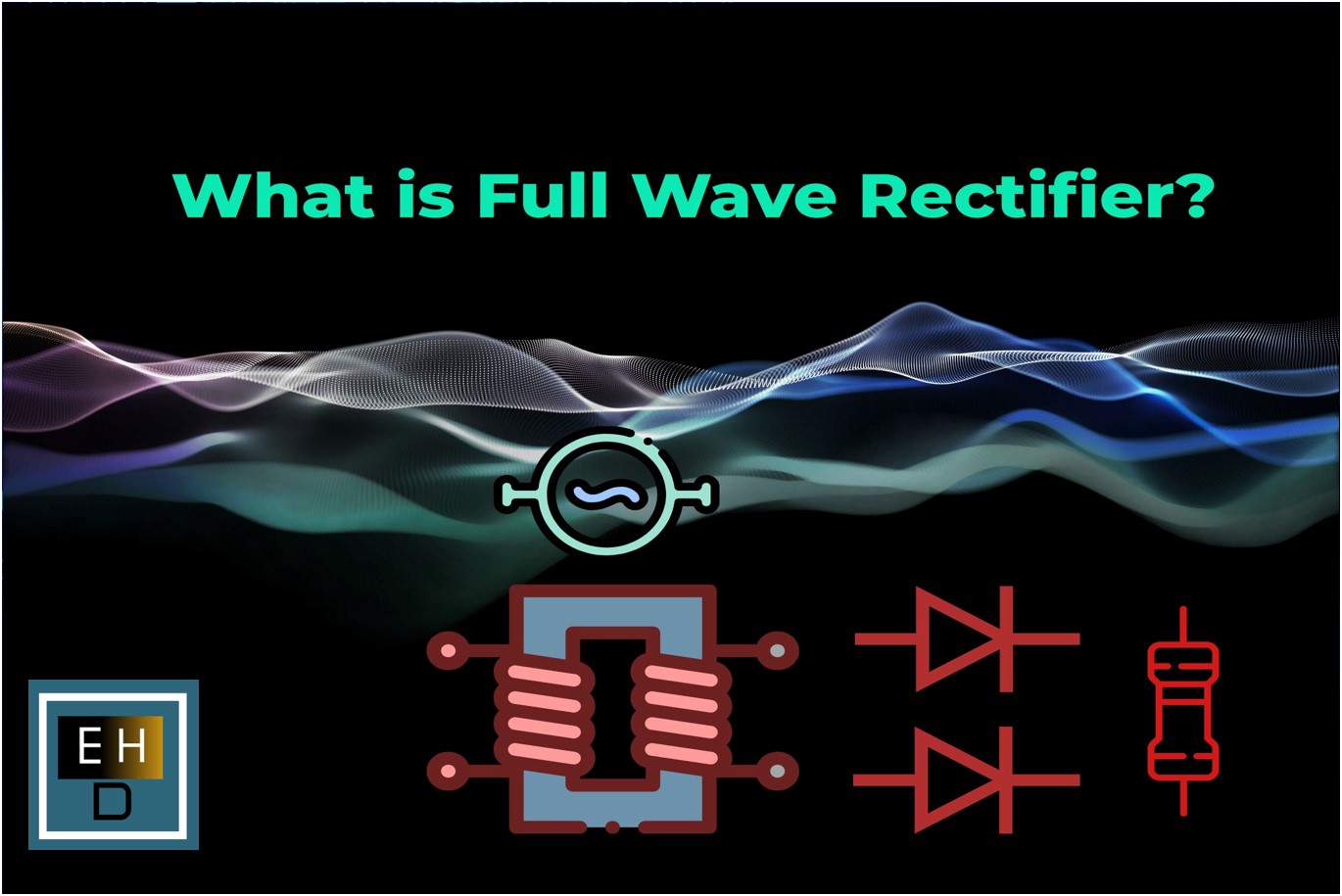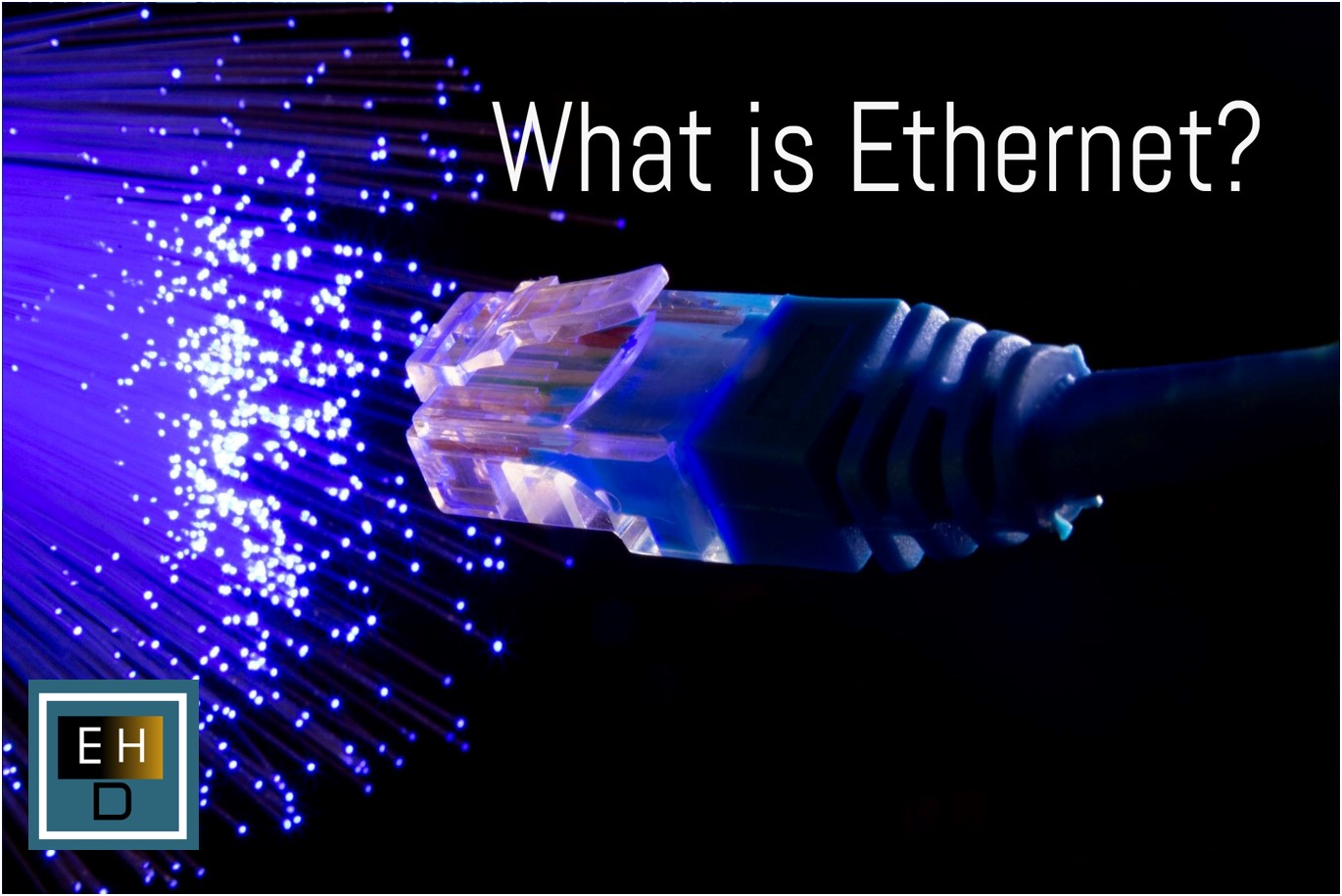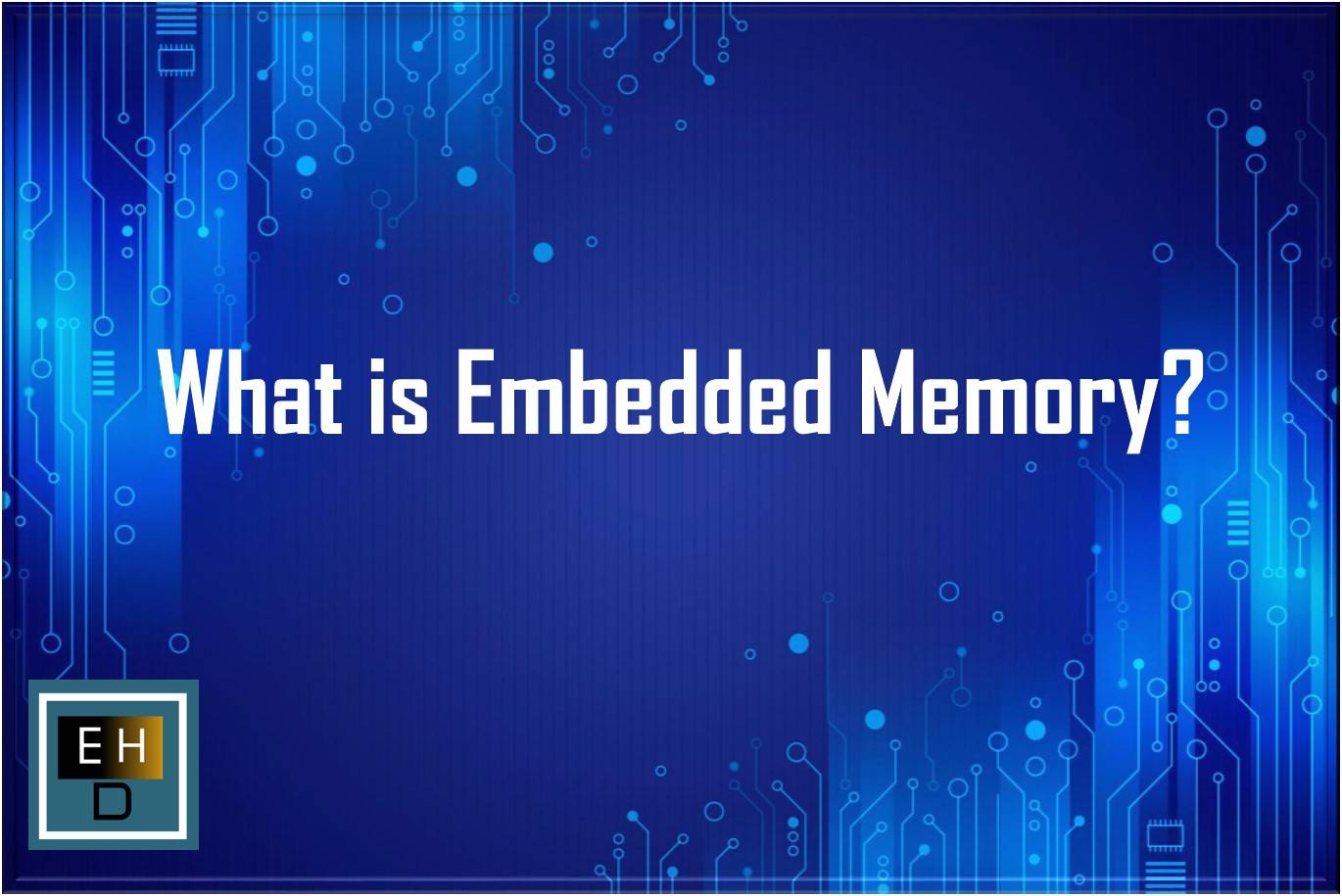NXP introduces Trimension NCJ29D6: Next-Gen Monolithic UWB Chip Redefining Car Access Security. Integrating MCU and Short-Range Radar, the Single-Chip Solution Offers Precise Real-Time localization, Child Presence Detection (CPD), Intrusion Alert, Living Object Detection (LOD), Enhanced Performance, Lower Costs, and Superior Security for Diverse Automotive Applications.
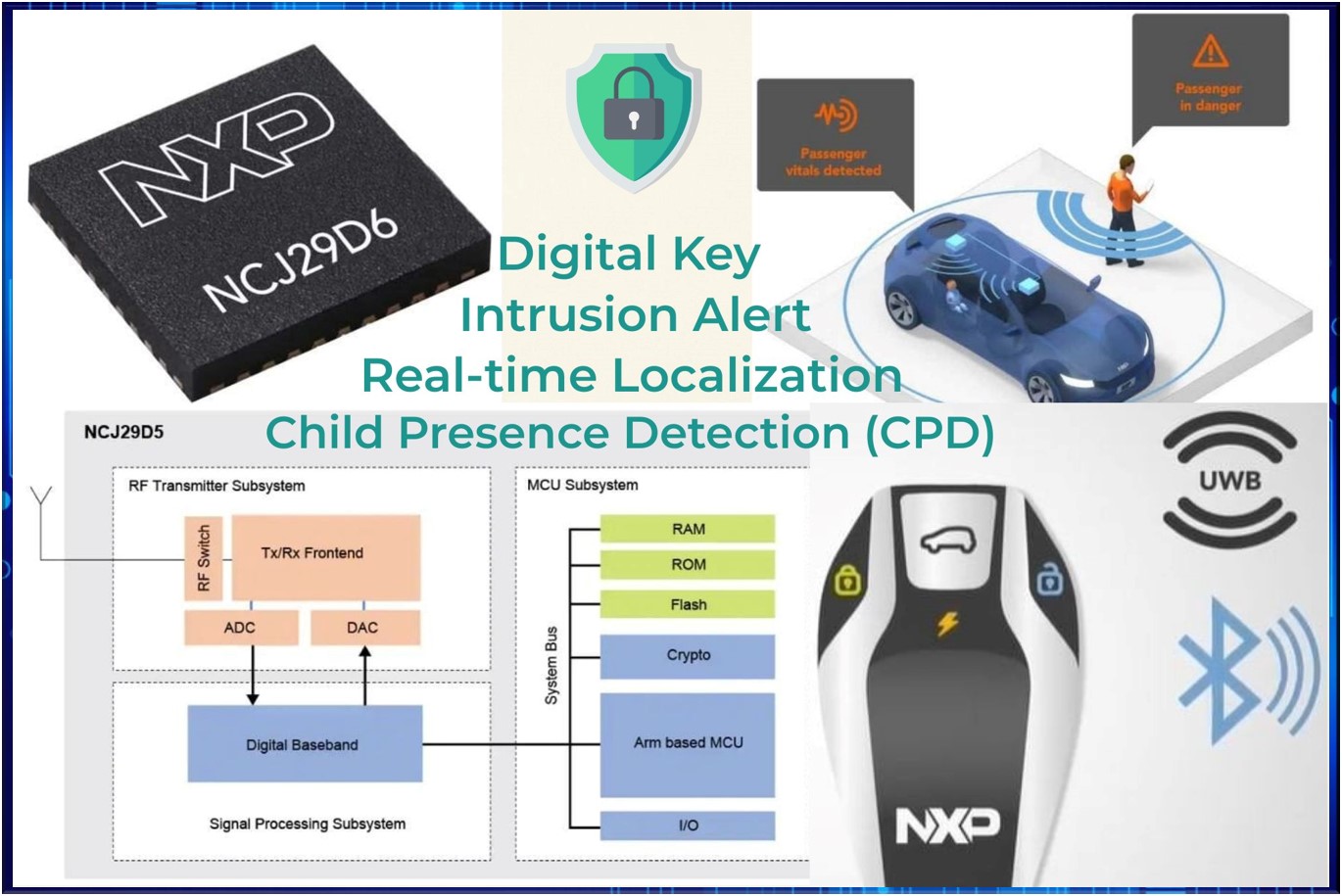
Trimension NCJ29D6 empowers OEMs to convert a single UWB-based car access system into a highly adaptable, multi-functional platform, accommodating various use cases with a unified hardware solution. This approach enables OEMs to eliminate redundant systems, thereby reducing costs, saving space, and minimizing weight.
This addition not only aligns with regulatory requirements like the U.S. Hot Cars Act and the European NCAP roadmap but also showcases the chip’s capability to address safety concerns beyond conventional access control.
The Trimension NCJ29D6 UWB chip, integrated into the car’s access system, can go beyond securing the vehicle. Through the same hardware, it enables child presence detection by sensing the UWB signals within the car’s interior. If the system detects the presence of a child after the parent has left the vehicle, it could trigger an alert or take preventive actions to ensure the child’s safety.
The NCJ29D6B is pin-to-pin compatible with the NCJ29D6A and expands location features by incorporating short-range UWB radar, making it the first automotive device to combine these capabilities in a single chip with an integrated MCU.
This integration allows the chip to perceive its surroundings, enabling OEMs to convert a UWB-based system into a versatile platform for various applications. Beyond secure car access, automotive manufacturers can leverage the NCJ29D6A for in-cabin sensing, including child presence detection and seat belt reminders, as well as features like a kick sensor for automatic trunk opening and diverse smart gesture recognition functionalities. This integration maximizes the utility of UWB capabilities in automotive settings.
Also Read : What is DDR2 SDRAM Memory?
Key Features of Trimension™ NCJ29D6: A Closer Look at Core Highlights
Trimension NCJ29D6 stands as a highly integrated single-chip impulse radio Ultra-Wideband (UWB) low-energy transceiver IC, adhering to the IEEE 802.15.4 HRP UWB PHY and IEEE 802.15.4z BPRF/HPRF UWB PHY standards. Specifically crafted for secure ranging and radar applications in the automotive sector, this innovative chip goes beyond by seamlessly supporting Digital Key functionality, ensuring truly hands-free and secure car access. The NCJ29D6 excels in enhancing this capability with radar functionalities, paving the way for applications like Child Presence Detection (CPD) and kick-sensing for effortless trunk access.
By offering combined ranging and radar support, the NCJ29D6 not only maximizes system value but also significantly reduces overall system costs. Boasting IEEE 802.15.4 forward and backward compatibility, a dual antenna interface for diverse functionalities, best-in-class full-duplex UWB radar thanks to NXP Radar Sensitivity Boost technology, and class-leading interference resilience against Wi-Fi signals, this chip is a technological marvel.
Further complemented by an integrated Arm® Cortex® core and CAN FD controller, as well as CCC and FiRa compliance, the NCJ29D6 presents a comprehensive solution with its All-In-One MAC SW available separately, ensuring seamless integration and optimal performance in the automotive landscape.
In the application of “Car as a Key,” the Trimension NCJ29D6 proves instrumental by enabling secure and hands-free access to vehicles through its Digital Key functionality. This advanced feature ensures a seamless and highly secure connection between the car and the user, enhancing the overall user experience and security in vehicular access.
When it comes to “Drive-through Payment,” the NCJ29D6 extends its utility by providing precise ranging capabilities and radar support. This enables accurate and efficient transactions during drive-through scenarios, optimizing the payment process and ensuring a smooth and secure experience for users.
In “Electric Vehicle Charging,” the NCJ29D6 contributes to an enhanced charging experience by facilitating secure and contactless interactions. Its capabilities in secure ranging and radar applications ensure not only secure access to charging stations but also enable innovative functionalities such as Child Presence Detection (CPD) and kick-sensing for added safety and convenience.
For “Smart Car Access,” the Trimension NCJ29D6 excels in providing a holistic solution, combining Digital Key functionality with radar capabilities. This integration opens up possibilities for features like Child Presence Detection and kick-sensing, elevating the smart car access experience and ensuring a higher level of security and convenience.
If we talk about “Smartphone Valet Parking,” the NCJ29D6’s integration of radar functionalities becomes especially valuable. By supporting features like kick-sensing and accurate ranging, it simplifies the valet parking process, offering users a convenient and secure solution to park their vehicles using their smartphones, further enhancing the overall smart parking experience.
Anticipating widespread adoption, NXP envisions the integration of the NCJ29D6 in major automotive Original Equipment Manufacturers (OEMs). Vehicles equipped with devices from this innovative family are projected to be operational on the roads starting from the model year 2025, showcasing the advancement and integration of this cutting-edge technology in the automotive landscape.
Author Profile
- 20+ years embedded hardware design professional with a burning passion for teaching. Sharing the intricate world of embedded hardware is my mission and joy.
Latest entries
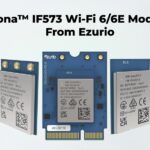 Tech Updates17 July 2024Meet the Future of Industrial Connectivity -Sona™ IF573 Wi-Fi 6/6E Module From Ezurio
Tech Updates17 July 2024Meet the Future of Industrial Connectivity -Sona™ IF573 Wi-Fi 6/6E Module From Ezurio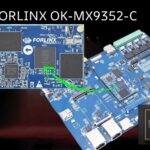 How To15 July 2024Forlinx OK-MX9352-C – A Versatile Powerhouse SBC for Diverse Applications
How To15 July 2024Forlinx OK-MX9352-C – A Versatile Powerhouse SBC for Diverse Applications Communication8 July 2024Ethernet Cable – Twisted-Pair Cable Types Explained
Communication8 July 2024Ethernet Cable – Twisted-Pair Cable Types Explained Communication23 June 2024Ethernet PCB Layout Design Guidelines
Communication23 June 2024Ethernet PCB Layout Design Guidelines
